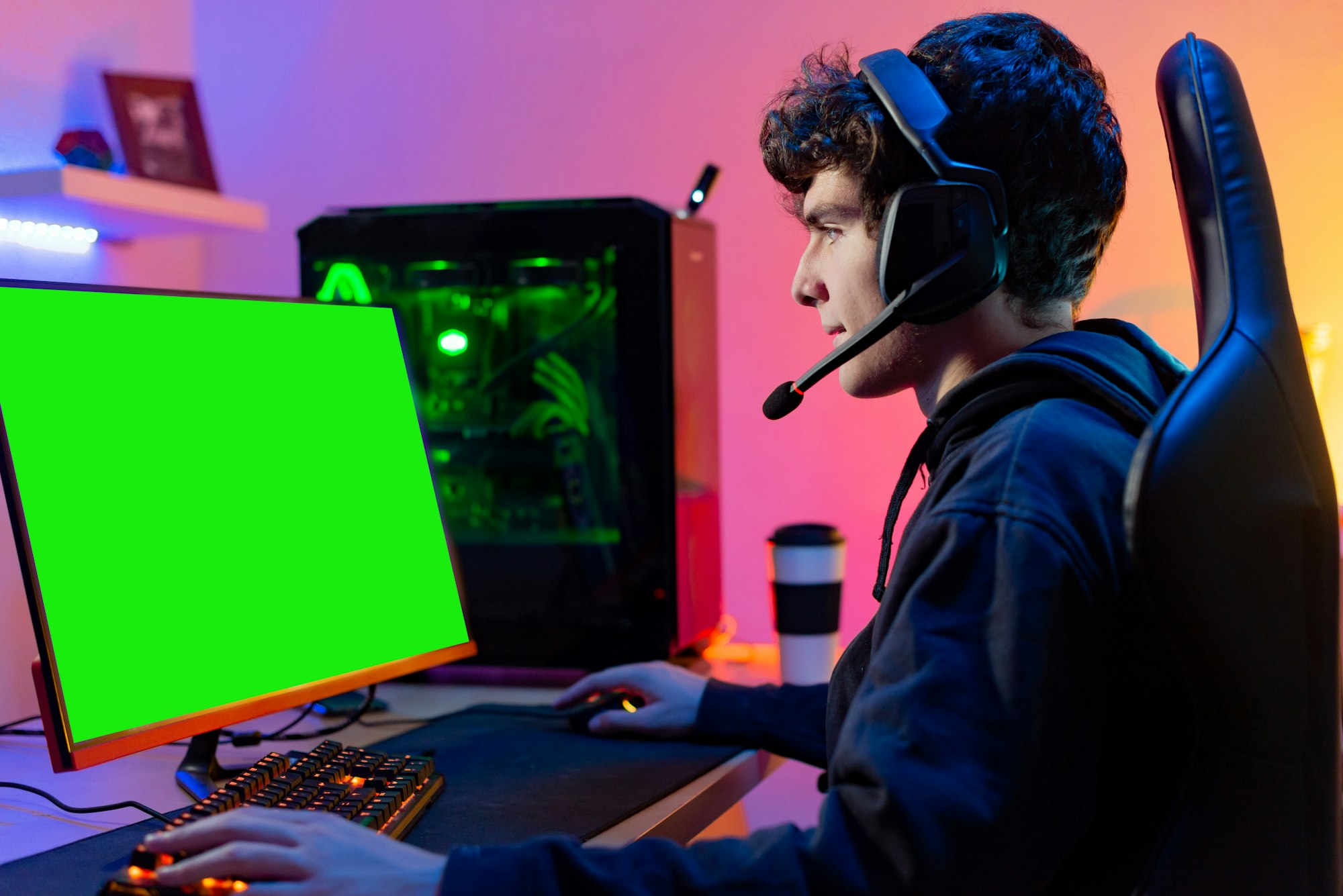Music and sound design play a crucial role in shaping the gaming experience. They create the atmosphere, enhance emotions, and provide essential feedback to players. While visuals are often the first thing that captures players’ attention, it’s the audio elements that truly immerse them in the game world. In this article, we will explore the significance of music and sound design in video games, how they contribute to storytelling, and their impact on gameplay.
1. Setting the Atmosphere
1.1 Creating Immersive Worlds
One of the primary functions of music and sound design in video games is to establish the atmosphere of the game world. The right soundtrack can transport players to fantastical realms, futuristic cities, or eerie landscapes. For example, the haunting melodies in horror games like Resident Evil set a tense mood, while the epic orchestral scores in The Legend of Zelda enhance the sense of adventure. Sound effects, from rustling leaves to distant thunder, also contribute to the immersive experience, making the world feel alive and dynamic.
1.2 Establishing Tone and Emotion
Music has a unique ability to evoke emotions, and game composers harness this power to enhance storytelling. A well-composed score can elevate a dramatic moment, making players feel the weight of their character’s struggles, or heighten the excitement during an action sequence. The emotional impact of music in games can be profound; for instance, the melancholic tunes in Final Fantasy VII resonate with players long after the game is over. By carefully crafting the audio landscape, developers can guide players’ emotional responses and deepen their connection to the narrative.
2. Enhancing Gameplay Experience
2.1 Providing Feedback
Sound design is essential for providing feedback to players during gameplay. Sound effects indicate when actions are successful or unsuccessful, helping players understand the game mechanics. For example, the satisfying sound of a successful jump in a platformer or the clanking of weapons in a combat game enhances the sense of accomplishment. These audio cues are critical for player engagement, as they inform players about their performance and the game’s state.
2.2 Building Tension and Anticipation
Sound design is a powerful tool for creating tension and anticipation in games. By manipulating audio elements, developers can signal impending danger or excitement. For example, the sudden increase in tempo or volume of music can indicate an approaching boss battle or a moment of high stakes. In stealth games, the careful placement of sound effects can create a sense of vulnerability, making players more aware of their surroundings and increasing the thrill of avoiding detection. These audio techniques keep players on the edge of their seats, heightening their investment in the gameplay experience.
3. Narrative and World-Building
3.1 Telling Stories Through Sound
Music and sound design can convey narrative elements that visuals alone cannot. Themes associated with specific characters or locations create a cohesive narrative thread throughout the game. For instance, the recurring motifs in The Witcher 3: Wild Hunt are tied to key characters and plot points, enriching the storytelling experience. Developers often use music to foreshadow events or provide context, allowing players to engage with the narrative on a deeper level.
3.2 Cultural and Historical Context
Sound design can also reflect cultural and historical elements within the game. Composers often draw inspiration from various musical styles to enhance the authenticity of the game world. For example, the use of traditional Japanese instruments in Ghost of Tsushima immerses players in the cultural context of feudal Japan, adding depth to the experience. By integrating authentic sounds and music, developers create a more believable and engaging world for players to explore.
4. The Role of Technology in Sound Design
4.1 Advancements in Audio Technology
The evolution of technology has significantly impacted music and sound design in video games. With the advent of advanced audio engines, developers can create dynamic and adaptive soundscapes that respond to player actions. This interactivity allows for a more personalized experience, where the music and sound effects evolve based on gameplay. Games like Red Dead Redemption 2 utilize complex audio systems that create a living, breathing world, making every player’s experience unique.
4.2 Implementation and Mixing
The process of implementing and mixing sound in video games is intricate and requires collaboration between sound designers, composers, and developers. They work together to ensure that music and sound effects blend seamlessly with gameplay, avoiding overpowering the visuals or distracting players. This careful balancing act is crucial for maintaining immersion and ensuring that the audio enhances rather than detracts from the gaming experience.
Conclusion
Music and sound design are fundamental elements that shape the gaming experience. They set the atmosphere, enhance gameplay, and contribute to storytelling in ways that visuals alone cannot achieve. As technology continues to advance, the possibilities for audio in gaming are expanding, leading to more immersive and engaging experiences for players. The next time you dive into a game, take a moment to appreciate the artistry behind the music and sound design that envelops you in the virtual world. It’s a testament to the creativity and craftsmanship of those who bring these experiences to life, allowing us to connect with stories and characters in profound ways.








